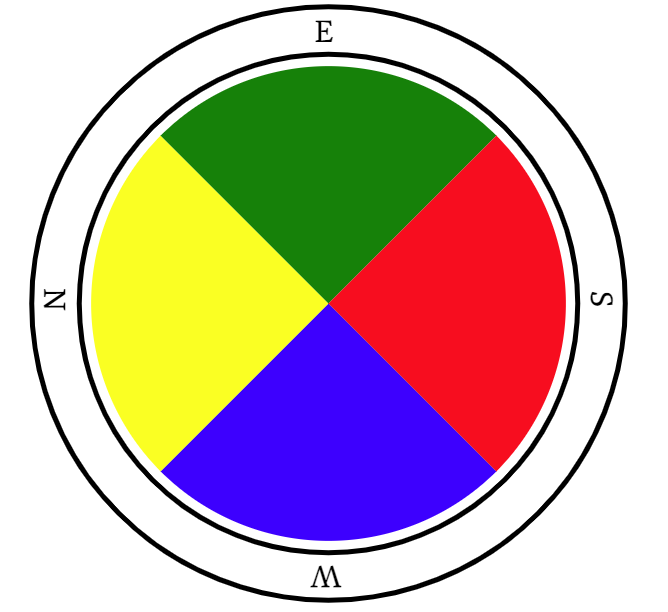
When I was creating my Kether diagram, I was thinking about possible elemental attributions for AHIH, similar to how they’re attributed to ADNI and YHVH. A and I seem obvious; they could just be the same as they are in ADNI and ALHIM.
A – Air
H – ?
I – Earth
H – ?
That order—air, _________, earth, _________—looked familiar to me, though. And then I remembered, that’s the order that you draw the inverted pentagrams in Reguli. Maybe Crowley wrote Reguli to be an AHIH operation above the abyss, in which case the attributions are:
A – Air (Nuit)
H – Fire (Hadit)
I – Earth (Therion)
H – Water (Babalon)
If you swap the Hehs for mother letters, you get AShIM, which according to Sepher Sephiroth is “Angels of Malkuth”. Kether is in Malkuth and vice versa.
In the commentary to Reguli, we read:
I am God, I very God of very God; I go upon my way to work my Will; I have made Matter and Motion for my mirror; I have decreed for my delight that Nothingness should figure itself as twain, that I might dream a dance of names and natures, and enjoy the substance of simplicity by watching the wanderings of my shadows. I am not that which is not; I know not that which knows not; I love not that which loves not. For I am Love, whereby division dies in delight; I am Knowledge, whereby all parts, plunged in the whole, perish and pass into perfection; and I am that I am, the being wherein Being is lost in Nothing, nor designs to be but its Will to unfold its nature, its need to express its perfection in all possibilities, each phase a partial phantasm, and yet inevitable and absolute.
—Liber V vel Reguli
Not that I think it’s entirely clear what any of this means, but it seems to suggest one is performing the ritual from the standpoint of the identity of being and nothing in Kether, whose godname is AHIH, or “I am.”
Also, if it’s an above-the-abyss operation, that might help explain the inverted pentagrams. The Master of the Temple is the Hanged Man.